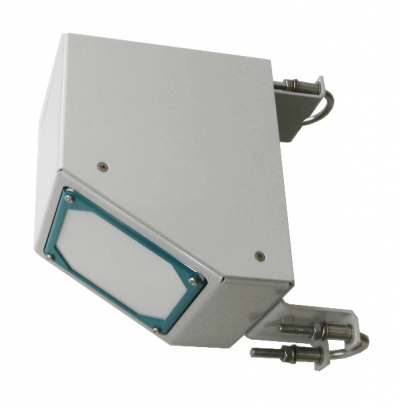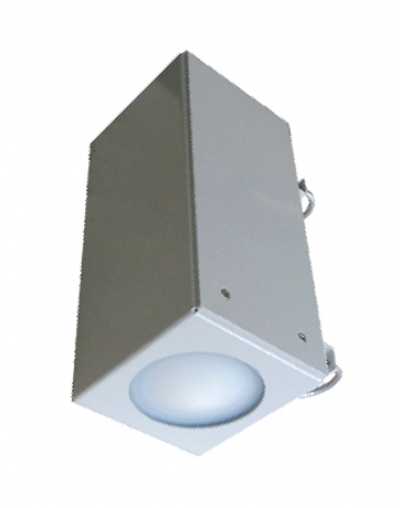
Whether it’s for groundwater, surface water, or industrial applications, water level monitoring provides critical information for maintaining water quality, detecting contamination, and assessing the impact of human activities on aquatic ecosystems. This category offers a range of products and solutions, including water level sensors, dataloggers, telemetry systems, and software. With accurate and reliable water level monitoring, you can make informed decisions about managing water resources, protecting the environment, and ensuring public safety.



There are several types of water level sensors available for water level monitoring, including pressure sensors, ultrasonic sensors, and radar sensors. Pressure sensors work by measuring the water pressure at a specific depth, which can then be used to calculate the water level. Ultrasonic sensors emit sound waves that bounce off the surface of the water, and the time it takes for the sound waves to return is used to calculate the water level. Radar sensors work in a similar way, but use radio waves instead of sound waves. Additionally, there are capacitance sensors, which measure the change in capacitance as the water level rises or falls, and magnetic sensors, which detect the magnetic field of a float or other magnetic object that moves with the water level. Each type of sensor has its own advantages and disadvantages, and the choice of sensor depends on the specific application and environment.
When selecting a datalogger for water level monitoring, several factors should be considered. Firstly, the intended use of the datalogger needs to be defined, whether it is for short-term or long-term monitoring, and if it will be used for manual or automatic data collection. Secondly, the required accuracy and resolution of the datalogger for water level measurements should be determined based on the application. Thirdly, the measurement range needed for the water level should be taken into account to ensure that the datalogger can accommodate the expected range of water levels. Fourthly, the desired sampling frequency for the datalogger should be established to ensure that data is collected at an appropriate rate. Lastly, environmental factors need to be considered, such as the potential for water exposure, temperature, and humidity, to ensure that the datalogger is suitable for the intended environment.
Telemetry systems can improve the efficiency and accuracy of water level monitoring by allowing real-time remote data collection and transmission. This eliminates the need for manual data collection and can reduce the chances of human error. Telemetry systems can also provide alerts when water levels reach critical thresholds, allowing for timely response and intervention. They can also allow for continuous monitoring of water levels in remote or hard-to-reach locations, which would otherwise be difficult to monitor manually. Additionally, telemetry systems can allow for the integration of multiple sensors and data loggers, providing a comprehensive picture of water level data and trends. Overall, telemetry systems can improve the accuracy, efficiency, and timeliness of water level monitoring, leading to better decision-making and management of water resources.
Proper installation and maintenance are crucial for accurate and reliable water level monitoring. When installing water level monitoring equipment, factors such as water type, flow rate, and depth must be taken into consideration. Additionally, it is important to select the appropriate sensors and dataloggers for the specific application, ensuring that they are installed correctly and calibrated according to manufacturer specifications. Regular maintenance, including inspection and cleaning of equipment, can also help to prevent malfunctions and extend the life of the monitoring system. In harsh environments, such as those with extreme temperatures or high levels of sediment, additional precautions and maintenance may be necessary to ensure accurate measurements.
Software solutions for water level monitoring can provide valuable insights into water level changes and help to identify trends and anomalies over time. When selecting a software platform, it’s important to consider features such as data visualization, real-time monitoring, alerting, and remote access to data. Some platforms also offer data analysis tools, integration with other systems, and customizable reporting options. Additionally, it’s important to ensure that the software is compatible with the specific equipment being used, and that it can handle the volume of data being generated. Proper training and ongoing support should also be considered to ensure successful implementation and use of the software platform.
Tel +1 561-912-9809 / 561-9112-7201
E-mail [email protected]
6590 W Rogers Circle Suite# 11&12
Boca Raton – FL 33487
+1 561-912-9809 / +1 561-912-7201
[email protected]
6590 W Rogers Circle, Suite #11&12
Boca Raton, FL 33487